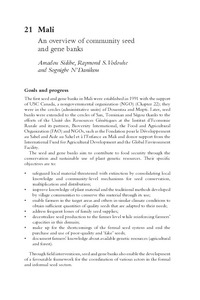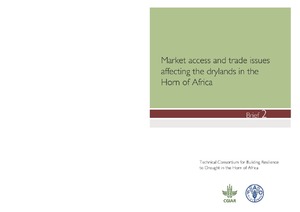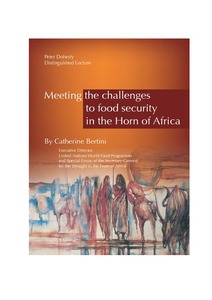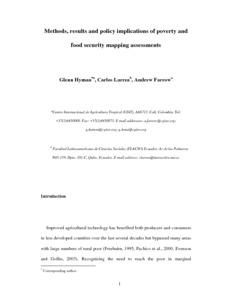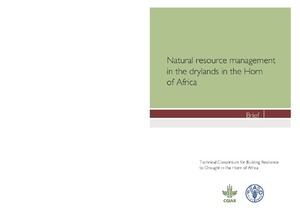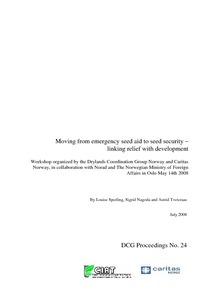Measuring sustainable intensification in smallholder agroecosystems: A review
Sustainable intensification (SI) is at the forefront of food security discussions as a means to meet the growing demand for agricultural production while conserving land and other resources. A broader definition of SI is emerging that takes into account the human condition, nutrition and social equity. Next steps require identification of indicators and associated metrics, to track progress, assess tradeoffs and identify synergies. Through a systematic, qualitative review of the literature we identified SI indicators, with a primary focus on African smallholder farming systems.
Mapping gender preferences for tree and shrub forages
The book is structured to cover a range of gender issues in various forest, trees and agroforest management areas from tree species identification to landuse decision-making. Participatory research tools are featured such as ranking, mapping, modeling, participatory GIS; and other tools that can aid in looking at gender issues, roles and preferences primarily but not limited to agroforestry research and development.
Mapping risk and vulnerability hotspots in the COMESA region
Methods, results and policy implications of poverty and food security mapping assessments
The importance of poverty reduction to the world development agenda has motivated greater interest in the geographic dimensions of poverty and food security. This special issue of Food Policy includes examples of poverty and food security mapping used to support policy development in agricultural and rural areas. The volume includes eight country case studies and one cross-country comparison that illustrate advances in our capacity to assess welfare over large areas and at detailed spatial resolutions.
Miombo woodlands and rural livelihoods in Malawi
Farmers in Malawi remove woodlands to plant crops but they also derive a vast range of other basic needs from the surrounding forests. These miombo woodlands have until relatively recently always been vast in comparison to the human population and their needs. Over the years the woodlands and the way they have been used have changed, but their contribution for maintaining well being and providing peoples’ basic needs appears to have remained important.
Mud, muddle and models in the knowledge value chain to action on tropical peatland issues
Tropical peatlands are known not only for their high, area-based, carbon emissions in response to land-use change but also as hot spots of debate about associated data uncertainties. Perspectives are still evolving on factors underlying the variability and uncertainty. Debate includes the ways of reducing emissions through rewetting, reforestation and agroforestry.
Nutritious subsistence food systems
The major subsistence food systems of the world that feed resource?poor populations are identified and their capacity to supply essential nutrients in reasonable balance to the people dependent on them has been considered for some of these with a view to overcoming their nutrient limitations in sound agronomic and sustainable ways.

